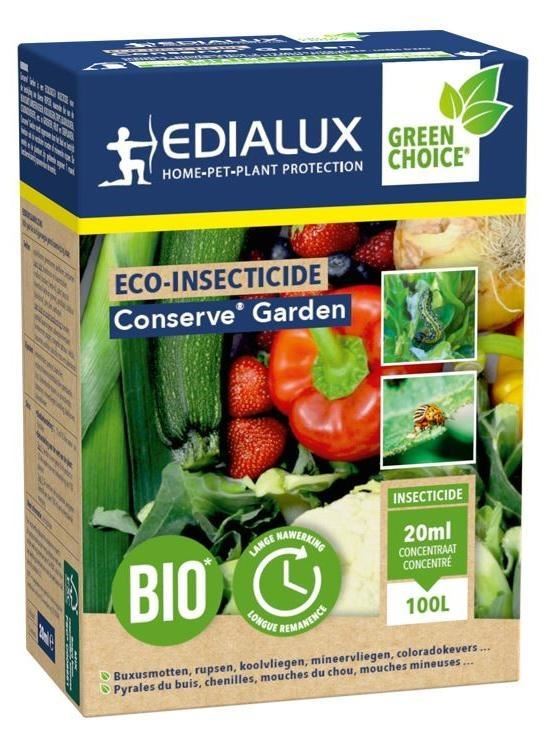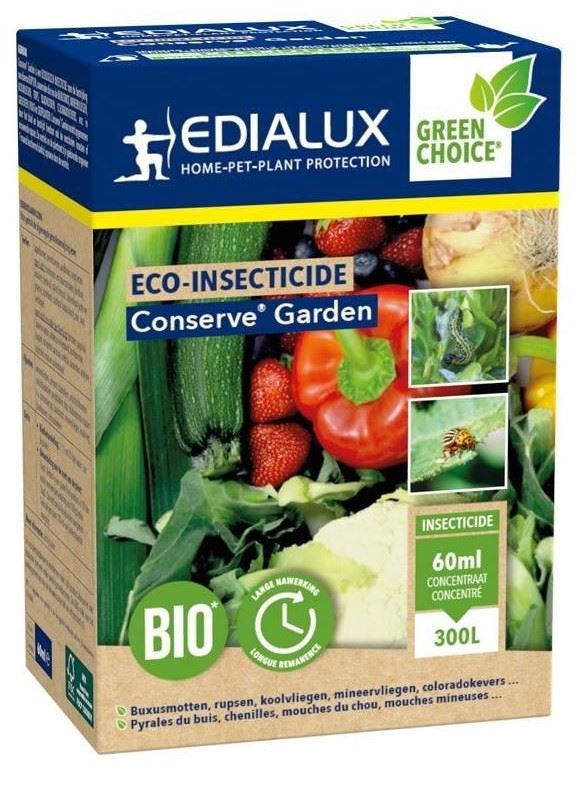
Watch out for the Colorado beetles
The vegetable garden season is in full swing and the warmer it gets, the more unwanted visitors turn up! First we had to deal with the buxus caterpillars that were wriggling through our boxwood bulbs en masse. Then came the voraciousness of the slugs and snails, and then our plants were covered in aphids. But now the dreaded Colorado potato beetles have been spotted again.
American import product
The Colorado potato beetle is an American import that we would rather not have. In the 1930s, it set foot in Belgium, after which it made life difficult for many potato farmers. A multitude of people and children were called in to pick the beetles out of the plants. In the end, we won the battle through the large-scale use of pesticides. It is striking that these creatures can survive almost anywhere in the world, as long as there are potato plants. They are therefore a tough cookie and it is expected that they will also move towards Asia in the coming years.
Although Colorado potato beetles are no longer present in such large numbers as in the past, we have noticed that they have become more common again in recent years. The arrival of the Colorado beetle this year is an after-effect of the hot summer we had to deal with last year. The beetles were then able to lay masses of eggs, the larvae of which hatched in April.
Attention: The control of the Colorado potato beetle is obligatory for all potato growers. See also the message from the Federal Agency for the Safety of the Food Chain at www.afsca.be/coloradokever.
Quote: "We would like to remind you that the control of these insects is compulsory. The FASFC will see to it that the control is correctly applied. If necessary, the FASFC will impose the immediate implementation of these measures at the expense of the person responsible for the cultivation / the owner."
Tough rascals
The beetles hid
underground during the winter. When temperatures drop below -7 °C, they will freeze. However, the larvae are even tougher and can survive underground during very harsh winters. At the break of spring, the larvae pupate and then fly out in April. They first replenish their energy reserves before laying their eggs on the underside of potato plant leaves in June. Attention: This is only possible as soon as the temperature reaches 17 °C.
The poisonous larvae which hatch from these eggs first eat the remains of the eggshell and then pounce on the leaves of the plant. Once they have eaten their fill, they crawl back into the soil to pupate. And so the cycle repeats itself, and the Colorado potato beetle continues to plague your potato plants. So it is important to check the plants regularly! Have you spotted the first beetles? Then quickly pick them out of the leaves and squeeze them flat. The underside of the leaves should also be thoroughly checked for eggs!
The solution?
Besides catching the beetles, you can also use some ecological or chemical tools in the fight against the beetles.
Ecological
It is always advisable to
control insects with their natural enemies. As soon as the temperature reaches 10 °C, you can use nematodes against the larvae of the Colorado potato beetle.
You mix these nematodes with water and spray them over the top and bottom of the potato foliage. Be sure to spray the underside of the leaves as well, since that is where the eggs are laid and the larvae hatch first. The plants should be sprayed in the evening because the nematodes cannot stand UV light, and the leaves must remain moist for about 6 hours. This is because humidity is highest in the evening. After one week you must repeat the treatment. Have the beetles and larvae wreaked havoc in your garden? Then after the harvest period you can also treat the soil under the potato plants with the nematodes.
Conserve Garden is a contact agent that also works systematically. This means that the beetles will die quickly after contact with the product. Because the product also works systematically, it is absorbed into the sap flow of the potato plant, so that future beetles no longer have a chance. So it is always wise to combine a contact agent with a systematic product, no matter what kind of unwanted insect!
Chemical
-
The insecticide Omni Insect from BSI works both preventive and curative. It makes the leaves of the plants taste repulsive so they will not be eaten anymore. This product is effective for all kinds of chewing and sucking insects (such as aphids, buxus caterpillars, leaf-mining moths...). It can be used on both vegetable and ornamental plants. After two to three weeks, you need to repeat the treatment.
- Edialux has as chemical insecticide (contact agent) the product insecticide 10ME.
More tips against pests & diseases in the kitchen garden? 👇
More info? Receive all our gardening tips directly in your mailbox!
We'll only email you handy facts, green advice and our best promotions & discounts. You'll receive it about once a week and you can unsubscribe at any time. No spam, promise 🤞

















